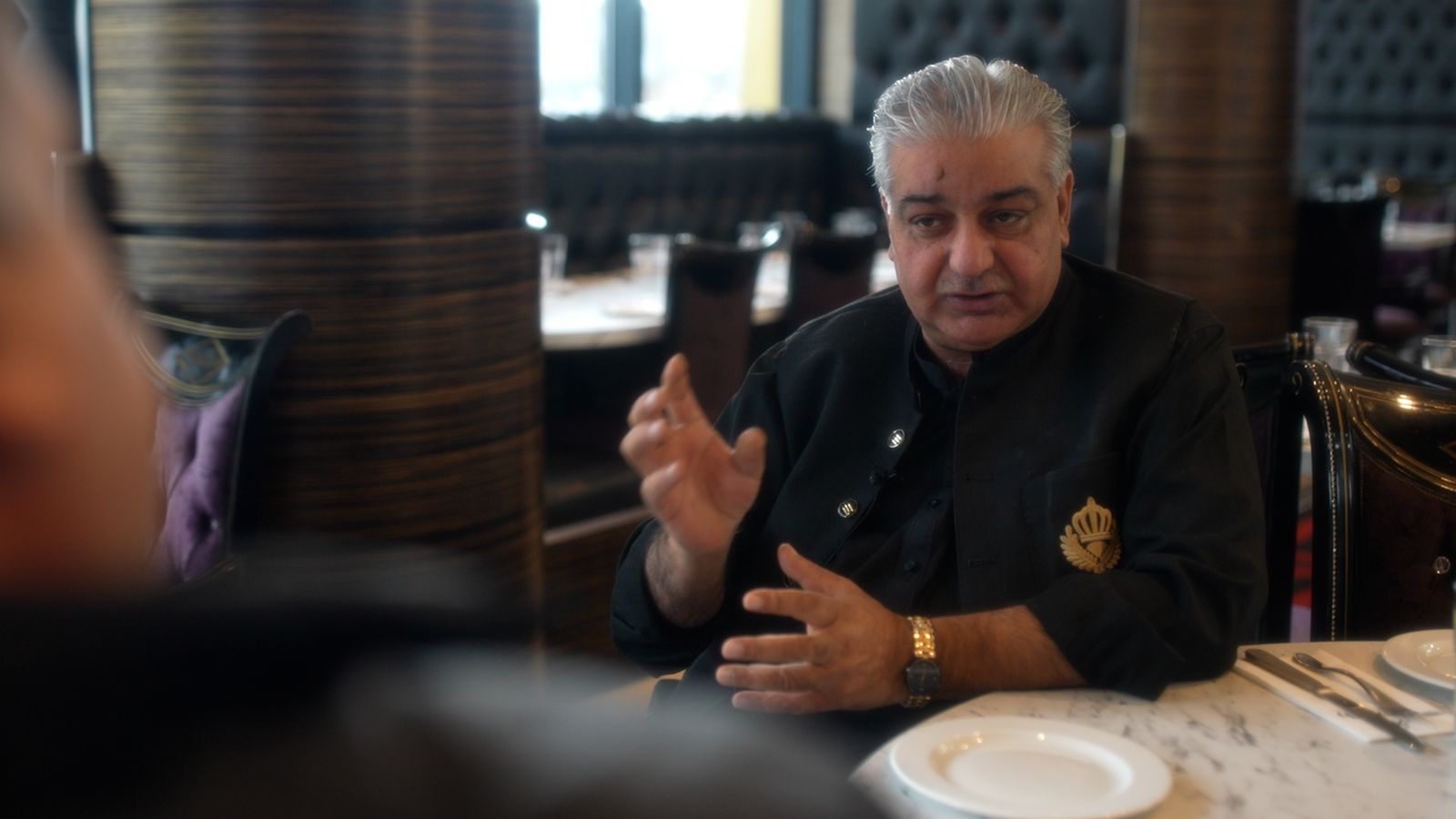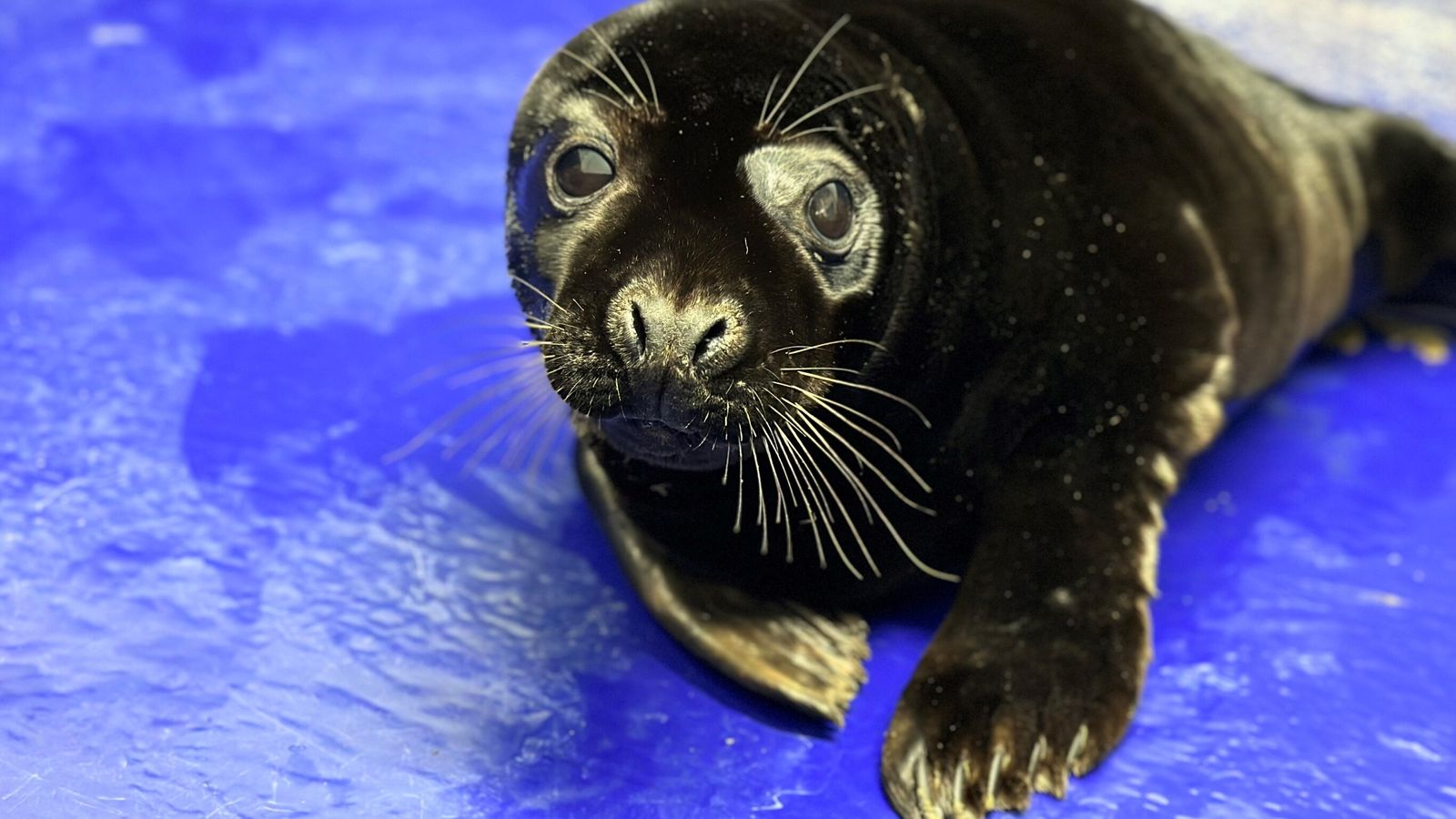Saleem Akhtar remembers the dark days of lockdown. His restaurants were closed and business had ground to a halt.
He runs a chain of restaurants across Yorkshire, including in Bradford and he was desperate for some good fortune, along with the whole industry.
Around 2.13 million hospitality workers were furloughed.
COVID inquiry latest: Look back at today’s proceedings here
“We were closed. Other places were open for takeaway here so we didn’t offer that,” Saleem says.
In the summer of 2020, his prayers were answered when the then-chancellor Rishi Sunak offered to subsidise meals out, even famously playing waiter himself – it was a lifeline for Mr Aktar’s businesses.
“It was just manic, we were full. People were queuing down the road to get in. It was the start of the comeback from the lockdown because in that month we recouped all our losses from the previous months.”
Bradford: Man dies in house fire as three others escape
Plane skids off runway while landing at Leeds Bradford Airport
PC Sharon Beshenivsky: 74-year-old man denies 2005 murder of serving policewoman
He said it was down to Rishi Sunak’s Eat Out to Help Out policy.
“It was a great idea, I tip my hat to him. I’m not that fond of him as the PM but I was fond of him when he did this. It was effective,” he adds.
“Nobody contacted us to say they had COVID, we had no cases.”
Mr Sunak has faced a day of questions at the COVID inquiry on Monday into his part in the government’s response to the pandemic.
The inquiry has been examining if enough was done to balance the economic benefits of Eat Out to Help Out with the risk to public health.
The scheme was introduced on August 3 2020 – at the end of the first COVID lockdown – to provide discounts of up to 50% off the cost of food and alcoholic drinks at relevant restaurants, cafes and pubs.
The scheme cost £840m and it is unclear if it contributed to a spike in cases and even excess deaths.
Please use Chrome browser for a more accessible video player
Just before it was launched in August 2020, Bradford had one of the highest levels of COVID in England.
Mohammed Khan from the Bradford Hackney Carriage Owners and Drivers Association says he saw crowds gathering outside restaurants and lack of social distancing when the scheme first went live.
He said: “Most of the restaurants had queues of people huddled together outside. I thought this is wrong because there’s nobody there to marshal, to separate people and if it was like this outside it would be the same inside.”
Not long afterwards, Mr Khan caught the virus and spent six days in hospital.
Read more from Sky News:
Mone admits mistakes over huge COVID PPE contracts
Tory MPs call on Sunak to drop Rwanda bill
“Within a couple of days I was feeling very weak and started to lose my breath. My daughter phoned for an ambulance,” he says.
“It is hard to say if Eat Out To Help Out drove the number of cases in Bradford – or anywhere but he thinks Mr Sunak made a mistake in introducing the scheme.
“It was a very bad idea. It was causing the virus to spread.
“I think it was like a spur of the moment decision. If you’re going to look after one industry, then it’s not fair to put the pressure on hospitals.
“You can’t just think about businesses, you have to think about people suffering as well.”







